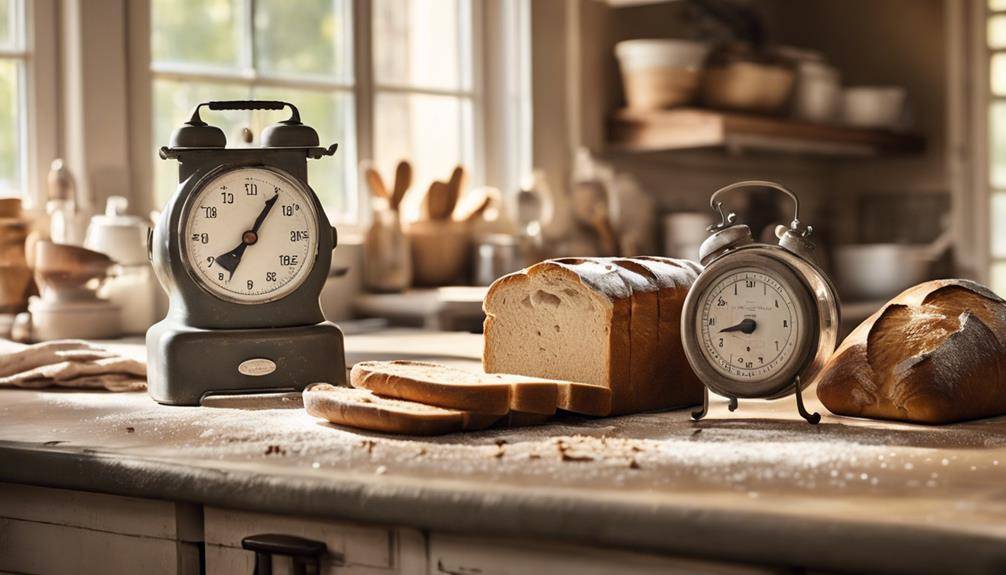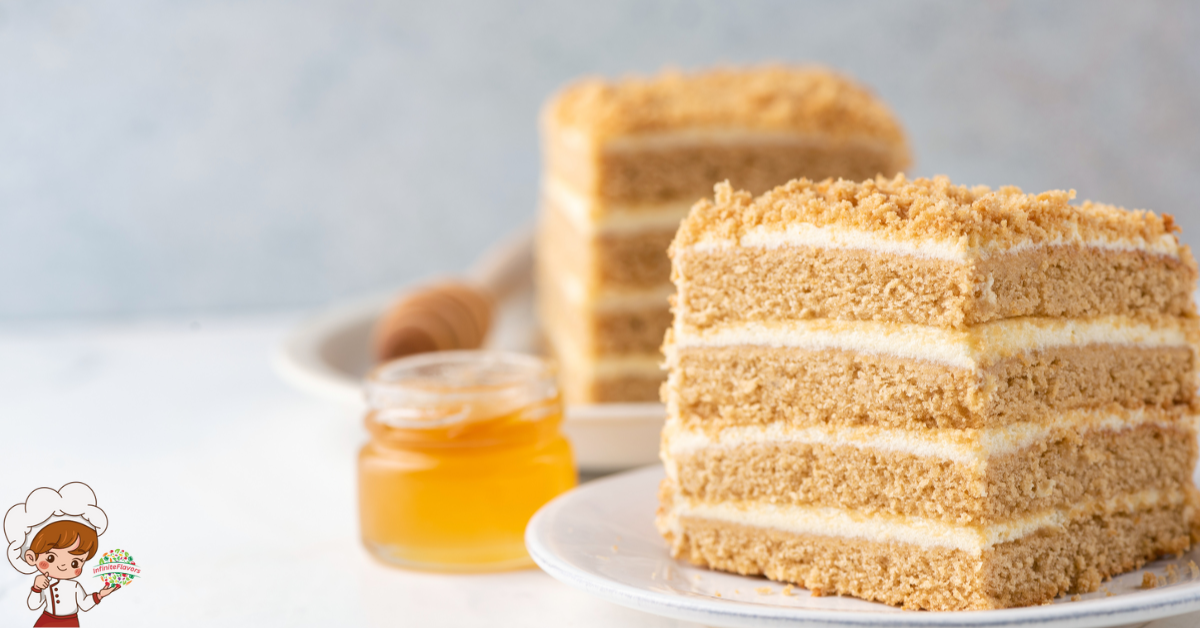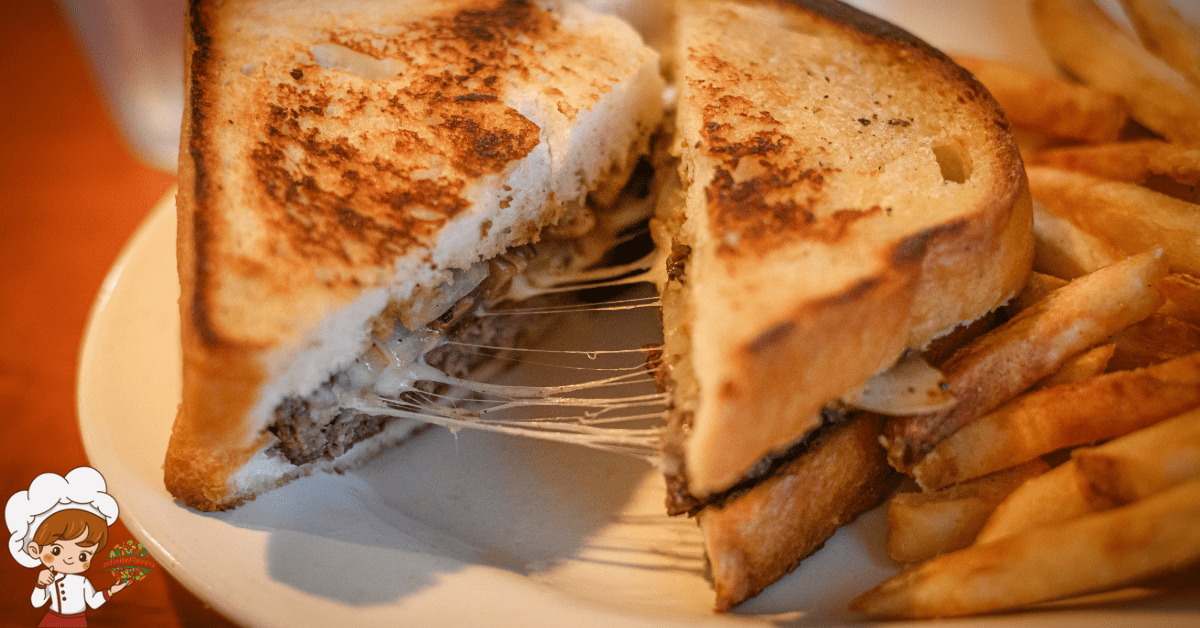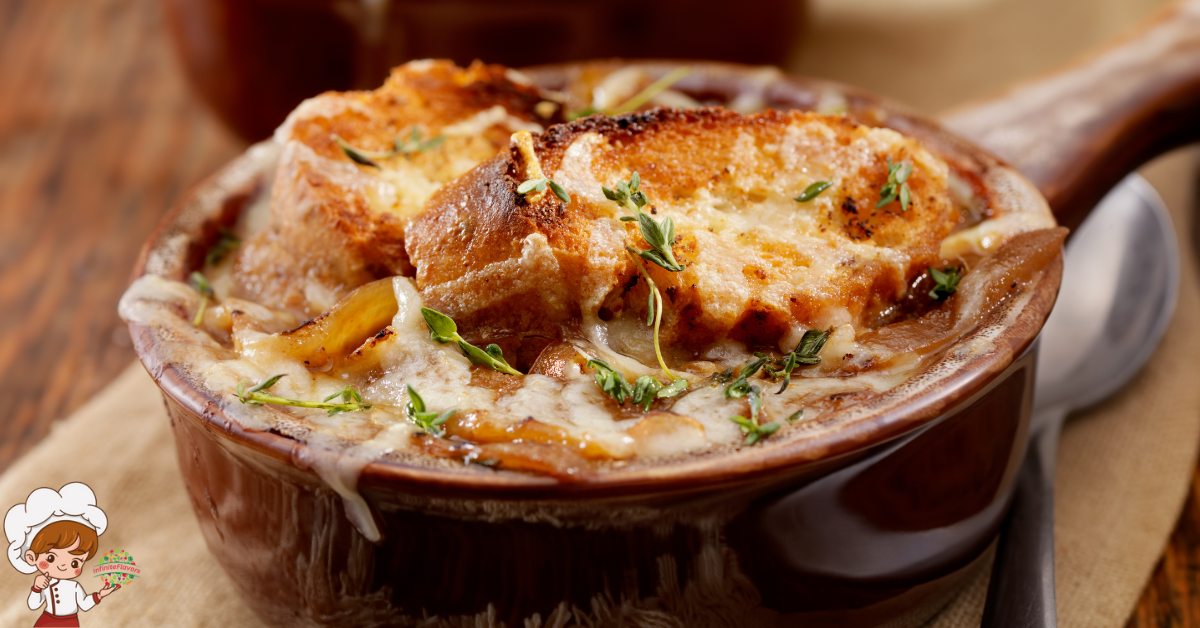The Best Whisks For Thick Sauces
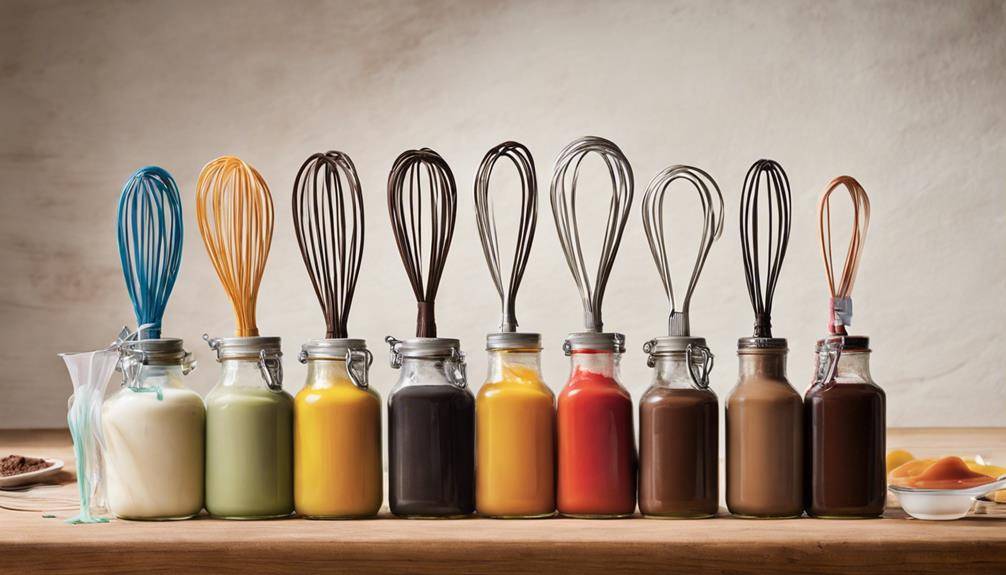
When you’re making thick sauces, choosing The Best Whisks For Thick Sauces can make all the difference. A sturdy stainless steel or silicone whisk works best, as they handle the vigorous mixing required. Reflect on a flat whisk for shallow pans to reach the bottom or a spiral whisk for deeper pots. Balloon whisks are great for adding air to creamy sauces, while silicone-coated options protect non-stick cookware. Keep an eye on your technique, starting slow to avoid splatters. If you’re curious about the best whisks to reflect on and their features, there’s plenty more you can explore to enhance your cooking experience.
Importance of Choosing the Right Whisk
Choosing the right whisk can make all the difference in your cooking, especially when it comes to thick sauces. A proper whisk helps you achieve the smooth, creamy consistency you’re after while guaranteeing that your sauces don’t end up lumpy. First, consider the size and shape of the whisk. A larger whisk is great for incorporating air into lighter sauces, but for thicker mixtures, you’ll want something with a more robust design. This is where whisk selection tips come into play.
Pay attention to the material, too. Stainless steel whisks are durable and heat-resistant, making them perfect for sauces cooked over direct heat. Silicone-coated whisks are gentle on non-stick surfaces but may not handle thicker ingredients as effectively.
Next, let’s talk about whisking technique fundamentals. When you whisk, use a firm and controlled motion. For thick sauces, you’ll want to start slowly to combine the ingredients before increasing your speed. This prevents splattering and guarantees everything blends evenly. Employ a back-and-forth motion, as it helps to incorporate air and break down any lumps that may form.
Types of Whisks for Thick Sauces
When it comes to whipping up thick sauces, the type of whisk you use can greatly impact your results. Each type of whisk serves a specific purpose, making it essential to choose the right one for your culinary needs.
For general use, a wire whisk is a versatile option that works well for thick sauces, helping to incorporate air while mixing. If you’re looking for something that can really whip up a frothy texture, a balloon whisk is the way to go. Its large, rounded shape is great for sauces that need a bit more volume.
For those thicker, denser sauces, consider a flat whisk. Its unique shape allows you to reach the bottom of your pan effectively, preventing any lumps. Alternatively, a spiral whisk can be beneficial for whisking sauces in deeper pots, as its design helps you mix without getting stuck in the corners.
If you’re making a classic French sauce, a French whisk is ideal. This whisk typically has a more elongated shape and is excellent for creating smooth, velvety textures. For quick tasks, an egg whisk can be handy, particularly for emulsifying ingredients in lighter sauces.
Best Materials for Whisks
When it comes to choosing a whisk, the material can make a big difference in performance. Stainless steel offers incredible durability, while silicone provides excellent heat resistance. Knowing these key features will help you select the best whisk for your thick sauces.
Stainless Steel Durability
Durability is a key consideration when selecting the best whisk for thick sauces, and stainless steel stands out as an exceptional choice. One of the primary stainless steel advantages is its robust nature; it resists bending and warping, ensuring that you can tackle even the thickest sauces without worry. Unlike other materials, stainless steel whisks maintain their shape and performance over time, making them a reliable kitchen companion.
When it comes to stainless steel maintenance, you’ll find it’s pleasantly simple. These whisks are typically dishwasher-safe, which means you can easily toss them into the machine after use. Even if you prefer handwashing, a quick rinse and a gentle scrub are usually all it takes to keep your whisk in prime condition.
Additionally, stainless steel is resistant to staining and rust, so you won’t have to deal with unsightly marks or corrosion. This durability not only prolongs the life of your whisk but also contributes to a cleaner, more hygienic cooking environment. With a stainless steel whisk in your arsenal, you can whip up thick sauces confidently and efficiently, knowing you’ve made a smart investment.
Silicone Heat Resistance
While stainless steel whisks excel in durability, silicone whisks offer impressive heat resistance that makes them ideal for thick sauces. When you’re stirring up rich gravies or creamy sauces, you need a whisk that can handle high temperatures without warping or melting. Silicone whisks can typically withstand temperatures up to 500°F, making them perfect for stovetop cooking.
One of the standout features of silicone is its flexibility. This allows you to get into every nook and cranny of your pot or pan, ensuring even heat distribution throughout your sauce. Unlike metal whisks, which can be rigid and less forgiving, silicone whisks easily bend and flex, letting you reach those tricky corners where thick sauces tend to cling.
Moreover, silicone whisks are non-stick friendly, so you won’t scratch your cookware while you’re whisking away. They’re easy to clean and often dishwasher-safe, adding to their convenience in the kitchen. With their heat resistance and silicone flexibility, these whisks are a fantastic addition to your cooking toolkit, especially when you’re making your favorite thick sauces.
Features to Look For
When choosing a whisk for thick sauces, you should consider material durability to guarantee it withstands heavy use. Handle comfort is also key, as a good grip will make your cooking experience more enjoyable. Finally, pay attention to whisk shape efficiency, as different designs can affect how well you incorporate ingredients.
Material Durability
Choosing a whisk made from durable materials is essential for creating thick sauces that require vigorous mixing. When you’re whipping up a rich béchamel or a hearty gravy, the last thing you want is for your whisk to bend or break under pressure. Look for whisks crafted from stainless steel or silicone, as these materials offer excellent whisk longevity. Stainless steel whisks are robust and can withstand high temperatures, making them ideal for hot sauces. On the other hand, silicone whisks are gentler on non-stick cookware, preventing scratches while still being sturdy enough for thicker mixtures.
In your material comparison, consider the weight and flexibility of the whisk. A heavier stainless steel whisk provides stability, while a lighter silicone whisk allows for quick movements, which can be beneficial when you’re incorporating air. Don’t forget about the construction—solid, well-constructed whisks will last longer and perform better. Always read reviews to see how others have fared with their whisks over time. By investing in a durable whisk, you’ll not only enhance your cooking experience but also guarantee your tools stand the test of time.
Handle Comfort
A whisk’s handle can greatly affect your cooking experience, especially when you’re working on thick sauces that require long mixing sessions. You’ll want a handle that feels comfortable in your hand, helping you maintain control and reduce fatigue. Look for a whisk with an ergonomic design that contours to your grip. This design not only helps you hold the whisk securely but also distributes pressure evenly across your hand, making it easier to whisk vigorously.
Additionally, pay attention to the grip texture. A non-slip grip can make a significant difference, especially when your hands are wet or greasy. Textured surfaces provide better traction, allowing you to whisk confidently without worrying about the whisk slipping out of your hand.
Try out different handles to see what feels best for you. Some may prefer a thicker handle for added heft, while others might favor a slimmer profile for agility. Ultimately, choosing a whisk with a comfortable, ergonomic handle and a reliable grip texture will enhance your cooking experience, making those thick sauces easier to whip up and enjoy.
Whisk Shape Efficiency
The shape of a whisk plays an essential role in how effectively you can blend thick sauces. When you choose the right whisk, you’ll notice a significant difference in your cooking experience. A balloon whisk, for instance, has a wide, rounded shape that allows for maximum air incorporation, making it perfect for whipping. However, if you’re working with denser sauces, you might prefer a flat whisk, which provides better contact with the bottom of the pan.
Understanding whisk design impact is important. A whisk with longer, thinner wires can reach into corners of your pot, ensuring that no sauce gets left behind. On the other hand, a sturdier whisk with thicker wires excels at breaking up lumps in heavier mixtures.
Whisk shape versatility is another feature to take into account. A multi-purpose whisk can adapt to different sauces, from creamy alfredo to rich gravy. This adaptability means fewer tools cluttering your kitchen, making your cooking process smoother. Ultimately, selecting the right whisk shape enhances your ability to create delicious, well-blended sauces that elevate your dishes.
Top Whisks Reviewed
When it comes to whipping up thick sauces, selecting the right whisk can make all the difference in your cooking experience. You’ll find that not all whisks are created equal, especially when you need to achieve that perfect sauce consistency. To help you navigate through whisk comparisons, we’ve reviewed some of the top options available on the market.
First up is the classic balloon whisk. Its wide, rounded shape is perfect for incorporating air into lighter sauces while still being effective for thicker mixtures. If you’re making a creamy béchamel, this whisk will do the trick without leaving lumps behind.
Next, consider a flat whisk. This type excels when you’re working in a shallow pan, allowing you to scrape up all those delicious bits stuck at the bottom. If you’re preparing a rich gravy or a reduction, a flat whisk will help you achieve a smooth texture.
For those who prefer a sturdier option, a silicone-coated whisk is ideal. It’s designed to handle high heat and won’t scratch your non-stick cookware. This whisk is particularly useful when you’re working with thick sauces that require a bit more elbow grease.
Lastly, the mini whisk is a handy tool for small batches. If you’re just whipping up a quick sauce or dressing, this compact option allows for precise control without over-whipping.
How to Use a Whisk Effectively
To whisk effectively, you need to start with the right grip—hold the handle firmly but comfortably. As you whisk, focus on using a consistent motion, whether it’s circular or back-and-forth, to achieve the best results. Mastering these techniques will help you create smooth, thick sauces every time.
Proper Grip Techniques
Mastering proper grip techniques is essential for using a whisk effectively, especially when tackling thick sauces. Start by holding the handle firmly but not too tightly. You want to maintain enough grip strength to control the whisk without straining your hand. Your fingertips should wrap around the handle, while your thumb rests on the opposite side for added support.
Next, consider your wrist flexibility. A fluid wrist motion will help you whisk more efficiently, allowing you to blend ingredients without excessive effort. Keep your wrist relaxed; this will enable you to make quick, circular motions without fatigue. If you feel tension, adjust your grip or take breaks to avoid cramping.
Additionally, find a comfortable position for your arms. You can either keep your elbows close to your body or extend them slightly, depending on what feels natural. Experiment with these adjustments to discover what works best for you.
Whisking Motion Essentials
Effective whisking relies on your ability to create the right motion—ideally, a combination of circular and back-and-forth movements. This blend is vital for incorporating ingredients smoothly, especially when working with thick sauces. Start by using your wrist to power the whisk, allowing your forearm to follow naturally. This will help maintain a consistent rhythm.
As you whisk, experiment with different whisking techniques. For instance, start with a slow whisking speed to combine ingredients, then gradually increase your speed as you see the mixture begin to thicken. This approach prevents splatters and guarantees even blending.
Keep your movements fluid and purposeful. If you notice any lumps forming, switch to a vigorous back-and-forth motion to break them down. This technique is particularly effective for sauces like gravy or béchamel, where texture is key.
Don’t forget to adjust your whisking speed based on the thickness of your sauce. The thicker the sauce, the more effort you’ll need to put into your whisking. By mastering these motion essentials, you’ll enhance your whisking skills and elevate your sauce-making game.
Maintaining Your Whisk
A well-maintained whisk can make all the difference in your cooking experience, especially when dealing with thick sauces. To guarantee your whisk performs at its best, focus on whisk hygiene and some simple maintenance tips.
First, always clean your whisk thoroughly after each use. If you’ve been whisking a thick sauce, it’s vital to remove any residue. Rinse it under warm water immediately to prevent sauces from hardening. If you notice stubborn bits stuck between the wires, use a soft sponge or brush to gently scrub away the remnants. Avoid using abrasive materials that could scratch or damage your whisk.
Next, dry your whisk completely before storing it. Leaving moisture can lead to rust, particularly for metal whisks. If you have a silicone whisk, make sure it’s dried well to prevent mold build-up.
For whisks made of wood, it’s important to apply a food-safe mineral oil occasionally. This helps to keep the wood hydrated and prevents it from cracking, making it last longer.
Store your whisk in a designated spot where it won’t get tangled with other utensils. A dedicated drawer or a container can help maintain its shape and prevent damage.
Common Mistakes to Avoid
Avoiding common mistakes when using a whisk can enhance your cooking, especially when you’re working with thick sauces. One common pitfall is overwhipping ingredients. While it’s vital to achieve the right consistency, going too far can lead to a grainy texture or even break the emulsion. Pay close attention to the mixture as you whisk, stopping once you achieve a smooth, thick sauce.
Another mistake is insufficient whisking. Thick sauces require a bit more effort to incorporate all the ingredients properly. If you don’t whisk long enough, you might end up with lumps or uneven flavors. Make certain you’re using a whisk suited for thick sauces; a sturdy balloon whisk can make a significant difference in achieving a smooth finish.
Additionally, don’t underestimate the importance of proper technique. Whisking in a circular motion helps to incorporate air and blend the ingredients evenly. If you’re just stirring, you won’t get the same results. Finally, always start at a lower speed when whisking, especially if you’re adding ingredients gradually. This prevents splattering and guarantees everything mixes together seamlessly.
Alternative Tools for Thick Sauces
When it comes to making thick sauces, sometimes a whisk isn’t the only tool you need in your kitchen arsenal. While a whisk is great for incorporating air and mixing, there are plenty of alternative whisking techniques and unconventional kitchen tools that can help you achieve that perfect consistency.
One great option is a wooden spoon. Its sturdy build allows you to mix thick sauces with ease, while the flat edge can help scrape the bottom of the pot to incorporate all those flavorful bits. If you’re working with particularly thick mixtures, a silicone spatula can be invaluable. Its flexibility lets you reach every corner of your saucepan, ensuring no ingredient gets left behind.
Another tool worth considering is an immersion blender. This handheld device can quickly blend your sauce to a smooth consistency without transferring it to a blender. For those thicker sauces, you might want to try a potato masher. It’s perfect for breaking down chunky ingredients while providing a bit of texture.
If you’re feeling adventurous, a food processor can also work wonders. Just pulse your ingredients until you reach the desired thickness.
Enhancing Your Cooking Experience
Cooking can be a delightful journey, and enhancing your experience in the kitchen makes all the difference. To truly elevate your dishes, it’s important to embrace your cooking creativity and explore the tools that help you achieve the best results. A good whisk isn’t just a tool; it’s a gateway to smoother sauces and better textures. When you invest in a quality whisk designed for thick sauces, you’re not just upgrading your kitchen; you’re setting the stage for flavor enhancement in every dish you create.
Think about the sauces you love. Whether it’s a rich, creamy béchamel or a robust gravy, using the right whisk can drastically improve your cooking experience. A sturdy, well-designed whisk makes it easier to blend ingredients smoothly, ensuring that each sauce is perfectly emulsified and packed with flavor. As you whisk, you’ll find that the process becomes more enjoyable, allowing your creativity to shine.
Consider experimenting with different whisk types. A balloon whisk might be perfect for lighter sauces, while a flat whisk can efficiently tackle thicker mixtures. Your choice can affect not only the texture but also the flavor. When you feel confident and inspired in the kitchen, you’ll be more likely to try new recipes and techniques, further enhancing your culinary journey. So, grab a whisk that feels right in your hand, and let your cooking creativity take flight!
Frequently Asked Questions: The Best Whisks For Thick Sauces
Can I Use a Whisk for Baking Thick Batters?
Yes, you can use a whisk for baking thick batters. Different whisk types, like balloon or flat whisks, handle varying batter consistency effectively, ensuring you mix ingredients thoroughly and achieve the desired texture for your baked goods.
How Do I Prevent My Whisk From Scratching Cookware?
To prevent your whisk from scratching cookware, choose whisks made of silicone or nylon. These materials guarantee cookware safety while allowing you to mix effortlessly without damaging your pots and pans during cooking.
What Size Whisk Is Best for Small Batches?
For small batches, a 7 to 10-inch whisk works best. Choose stainless steel or silicone materials for durability. A balloon whisk type is great for aerating, while a flat whisk is perfect for scraping.
Are Electric Whisks Suitable for Thick Sauces?
Electric whisks can handle thick sauces, but manual whisks offer better control. When whisking, techniques like using a figure-eight motion can enhance texture. Choose based on your comfort and desired results for ideal outcomes.
Can I Wash My Whisk in the Dishwasher?
You can wash your whisk in the dishwasher, but it depends on whisk materials. Stainless steel whisks are usually safe, while silicone or wooden ones require careful maintenance to avoid damage. Hand washing’s often best for longevity.
Conclusion: The Best Whisks For Thick Sauces
Choosing the right whisk is essential for mastering thick sauces. With various types and materials available, you’ll want to pick one that suits your cooking style and needs. By understanding the features to look for and maintaining your whisk properly, you can enhance your culinary skills. Remember, avoiding common mistakes will lead to better results. So, plunge into your cooking adventures with the perfect whisk, and enjoy the delicious sauces you create!




